In Varanasi, also known as Kashi, the city of light, it is always about the celebration of life, even in the midst of death…
“Benaras is older than history, older than tradition, older even than legend and looks twice as old as all of them put together”. That is how Mark Twain expressed his emotion towards the city that, in the midst of all the so-called progress and development, still manages to look old and venerable.
It is just after sunrise and I am on a boat with a few friends, gently cruising down the Ganga. Women, their colourful saris tightly wound around themselves, step unsurely into the water and offer their prayers, facing eastwards. The men are more adventurous; a few of them even manage to swim a few feet into the river, as they mirror the actions and rituals of their wives and mothers. A few of them are holding wailing babies and sleepy children, trying to get them to take a quick dip into the water that, they are sure, will cleanse them of all sins for a lifetime to come. I may still be bleary-eyed but Varanasi, or more correctly, the stretch by the river, has been alive for a couple of hours already. For what is Varanasi, if not for the Ganga, the cleanser of all sins and the soother of all consciences?
Varanasi is believed to be one of the world’s oldest living cities, finding a mention in the country’s much-loved epic, the Mahabharata. It derives its name from the confluence of the Varana and the Assi rivers (both now dry and almost disappeared). In fact, legend has it that it was created by the God Shiva himself, making it one of the most important pilgrimage sites for Hindus. Benaras, as Twain referred to it, is the Anglicized name, while most Indians prefer to call it Kashi, the city of light.
I get off the boat at Kedar ghat, among the largest and most active of the almost hundred ghats (fleet of steps leading to the river) to take in the buzz. As I sit, a teenage girl unfurls her large umbrella and sets up her wares for the day; milk (diluted, no doubt) to be offered to the God inside the tiny temple at the top of the steps. The heavyweights offering quick and light massages are also spreading their blankets on secluded areas by the steps and are ready for business.
A Brahmin priest approaches me, suggesting that I offer him some money so he can pray for my wellbeing. As I smile and refuse, he banters with me, “You can earn a lot of punya (let’s call them spiritual brownie points) for a little money.” He does not spend too much time on me though since there are others willing and waiting for his – and the greater God’s he prays to – blessings. People come to Varanasi to perform the last rites of their loved ones since Hindus believe that being cremated here and having the ashes scattered into the Ganga ensures a peaceful journey into the afterlife. However, there is nothing sad or sacred about these rituals as both the family and the priests go about the normal business of life even in the presence of death. They bargain, they buy, they eat and they sleep just as they would anywhere else.
I then head to Tulsi ghat downriver to the akhada, the local gymnasium that is part of the throbbing canvas of Varanasi. The young men hard at work by the time I walk into the akhada, some with their dumbbells, indigenous clubs and weights and balancing bars and some of them wrestling in the mud, guided by their teacher in his late sixties who looks fitter than any of the youngsters. There are also a few interested onlookers; the young men carry on paying scant attention to the clicking cameras. A few others taking a break between their workouts decide to pose, flexing their muscles and wiping the mud from their tired and sweaty faces.
Back much later at Kedar ghat, I find that by then, the backpacking tourists have arrived, armed with their cameras and curiousity. They are here, just like the locals, in their own personal search for nirvana.
***
Published in the January issue of Morning Calm, the inflight magazine of Korean Air. Read the rest of the story on Varanasi here…
And more photographs from Varanasi here…
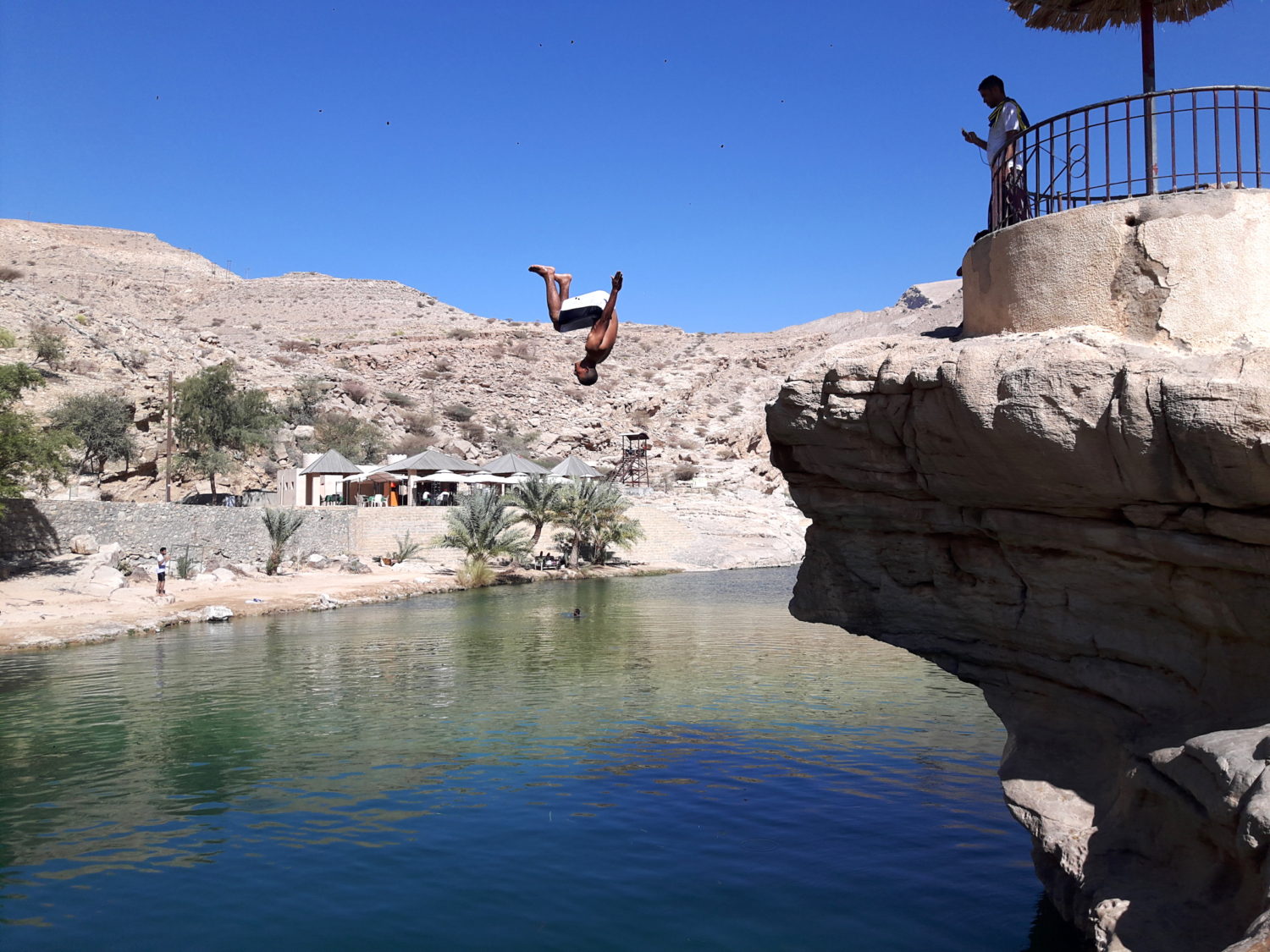
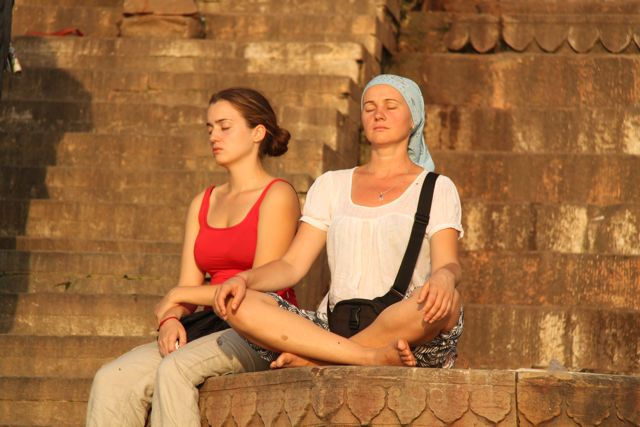

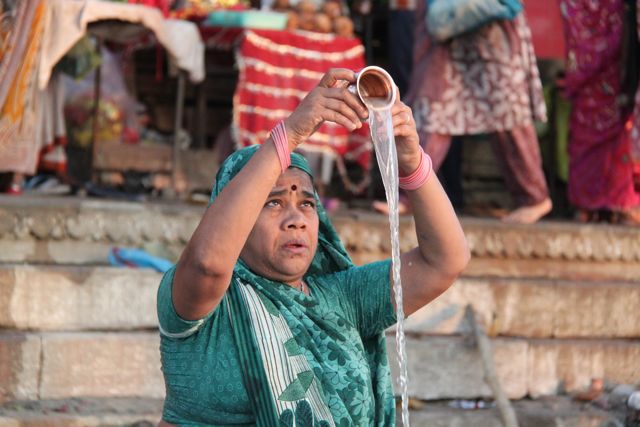
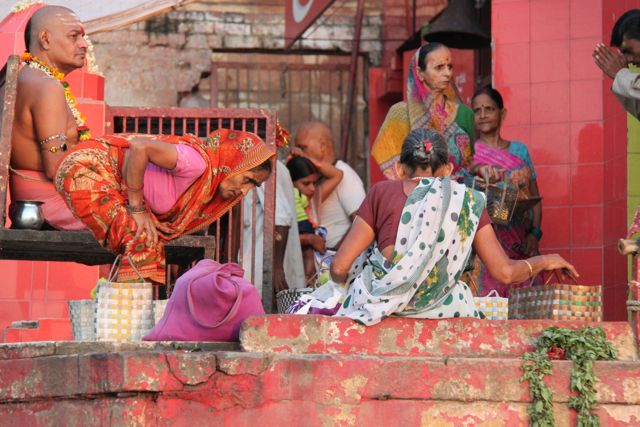
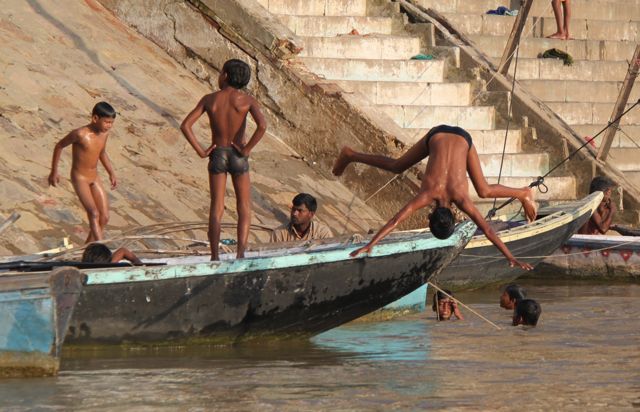
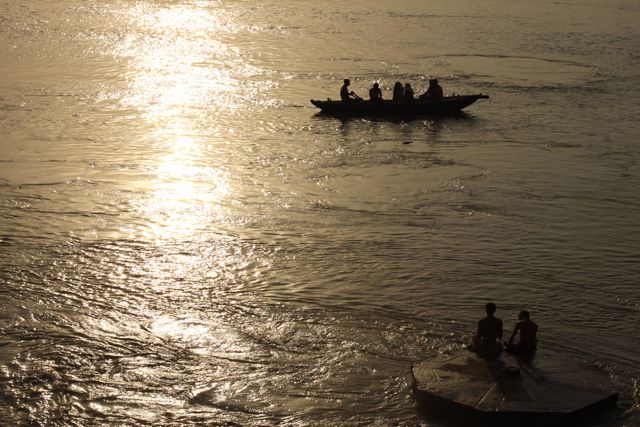
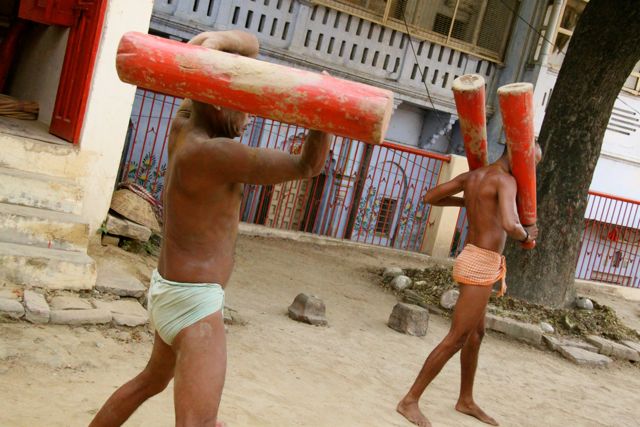



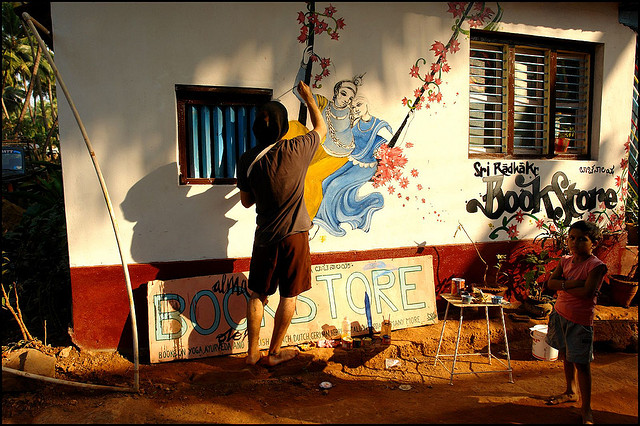
lovely photos and article! was thinking about our visit to Kashi recently, and this brought the whole trip back to me….. have been there twice already, and yet wouldnt mind going again…. though its dirty and messy, and of course, crowded, theres something about the place which charms me too..
Beautifully written.
http://www.rajniranjandas.blogspot.com
Thanks, Anu, Niranjan 🙂
superb pic
Amazing pictures…Asli India